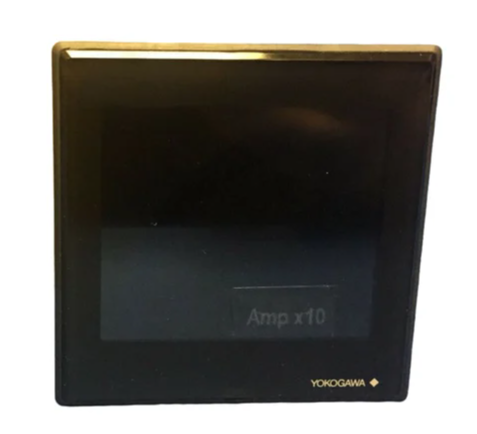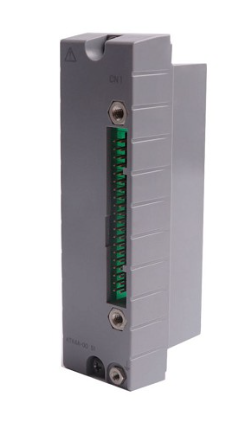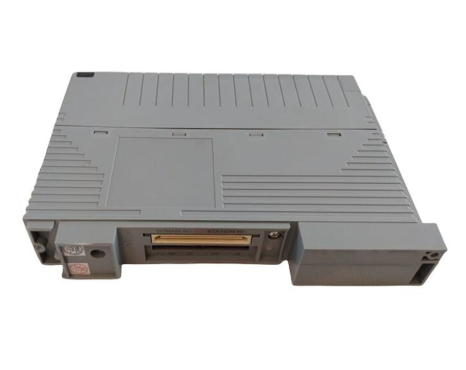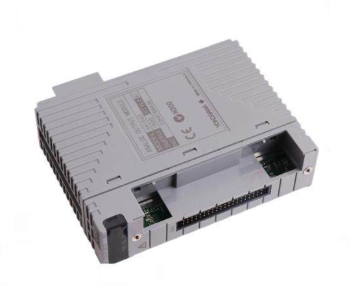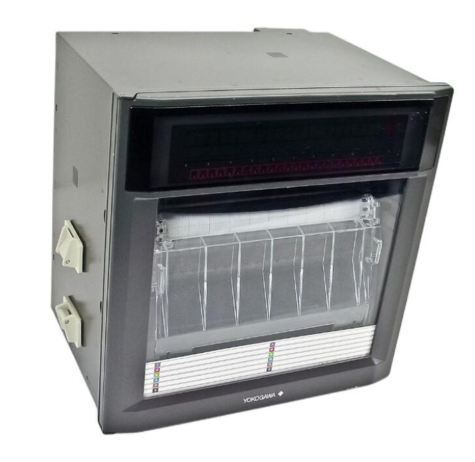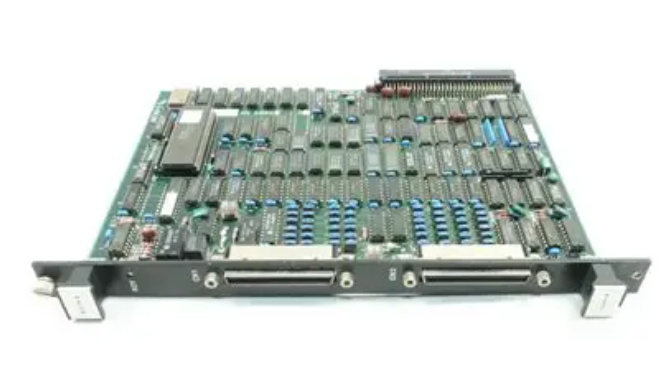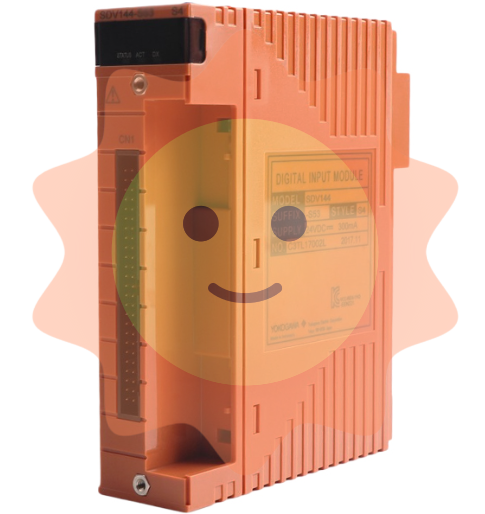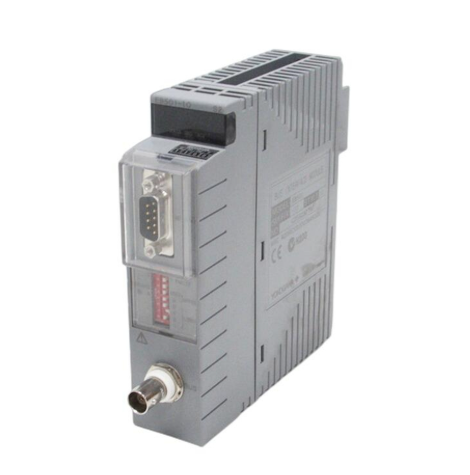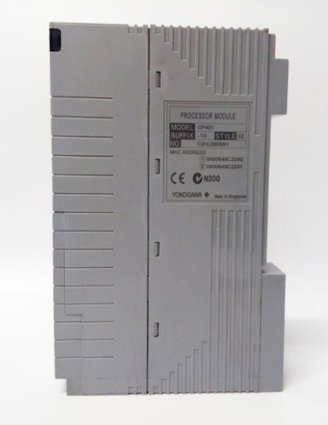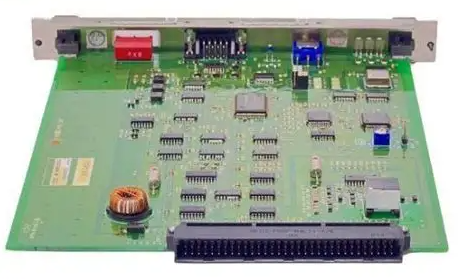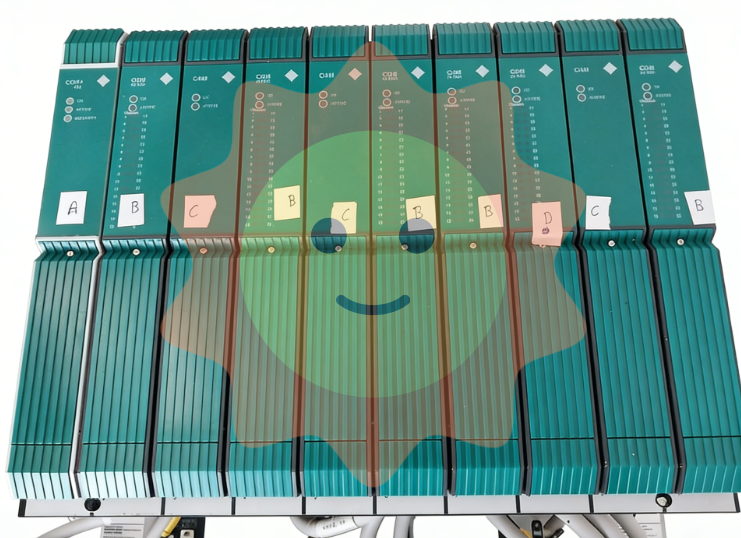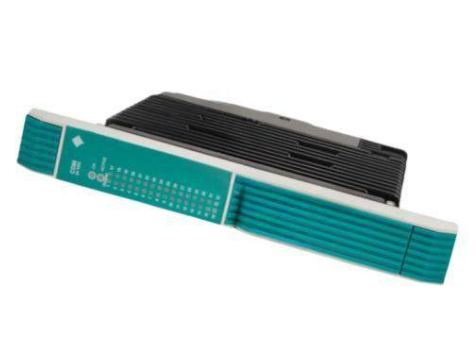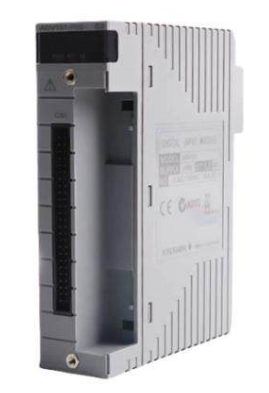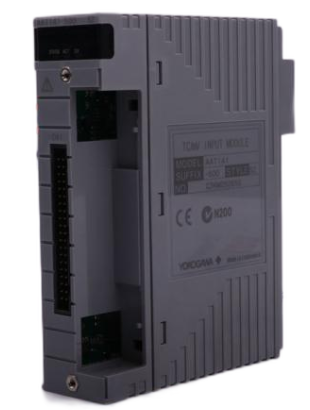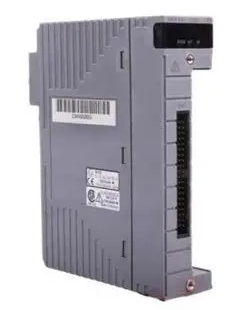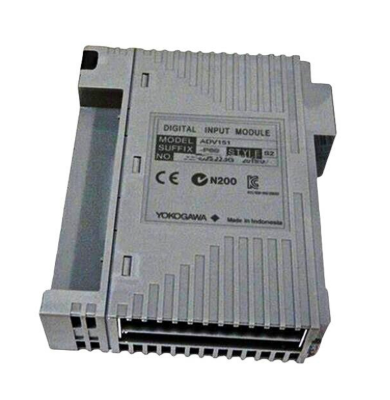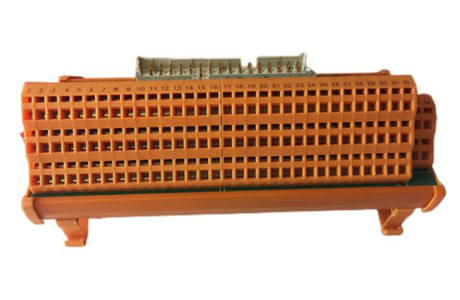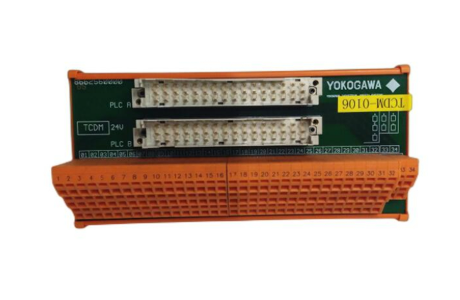Kollmorgen S700 series digital servo amplifier
F05 DC bus undervoltage 1. Input voltage too low (such as S7xx0 below 208VAC); 2. Power phase loss (S7xx0 three-phase phase loss); 3. Soft start circuit fault: 1. Check the grid voltage and eliminate the line voltage drop; 2. Measure the three-phase voltage of X0 terminal (deviation ≤ 5%); 3. Replace the soft start relay (located on the power board inside the amplifier)
F06 motor overheating 1. Motor PTC thermistor triggered; 2. The motor load exceeds the rated torque; 3. Poor heat dissipation of the motor: 1. Measure the PTC resistor of the motor (normal temperature ≤ 550 Ω, overheating ≥ 1330 Ω) and replace the thermistor; 2. Reduce the load or increase the motor model; 3. Clean the motor cooling channel and increase fan cooling
F27 STO operation fault 1. Simultaneous activation of STO signal and ENABLE signal; 2. STO circuit disconnection; 3. Safety card failure (S3/S4) 1. Ensure that the motor has stopped (speed ≤ 5rpm) before STO activation; 2. Check the wiring of X4A/3/X4B/6 (24V voltage is normal); 3. Reset the security card (power off for 8 minutes and restart)
(3) Special fault handling
Occasional faults caused by EMI interference (such as F17/A/D conversion errors)
Reason: The power cable and feedback cable are wired in parallel, with poor shielding grounding and large leakage current.
Solution:
The distance between the motor cable and the feedback cable should be ≥ 200mm, and they should be perpendicular at a 90 ° angle when crossing;
The feedback cable uses twisted pair shielded wire (such as Belden 82509, capacitance ≤ 120pF/m), and the shielding layer is grounded 360 ° through the amplifier front-end panel;
Connect a Corcom 6EQ1 power filter in series at the power input to reduce conducted interference.
DC bus parallel fault in multi axis system (such as F19/DC bus crash)
Reason: Different hardware versions of amplifiers are connected in parallel (such as mixing 01.21 and 02.20), and the DC bus cable is too long (exceeding 200mm).
Solution:
Ensure that the hardware versions of the parallel amplifiers are consistent (such as 02.20), and use 6mm ² shielded cables with a length of ≤ 200mm for the DC bus;
Connect KCM capacitor modules (such as KCM-S200, with a storage capacity of 1600Ws) in parallel at both ends of the DC bus to absorb regenerative energy;
Configure DC bus fuses (such as 30A/900VDC) for every group of 3 amplifiers to avoid individual failures affecting the overall system.
2、 Daily maintenance and lifecycle management
(1) Regular maintenance project (recommended cycle)
Standard requirements for maintenance project cycle operation content
Cooling system inspection: 1. Clean the dust on the fan filter every month; 2. Check the fan speed (S701 fan speed ≥ 2500rpm); 3. Measure the temperature of the heat sink. 1. There is no obvious dust accumulation on the filter screen; 2. The fan has no abnormal noise and the speed deviation is ≤ 10%; 3. The temperature of the heat sink during operation is ≤ 75 ℃
Quarterly inspection of wiring terminals: 1. Tighten the X0/X8/X9 terminal screws (torque 0.7-0.8Nm); 2. Check if the grounding of the cable shielding layer is loose; 3. Measure the conductivity resistance of the PE wire. 1. The terminals are not loose or oxidized; 2. The grounding resistance of the shielding layer is ≤ 0.1 Ω; 3. PE wire conductivity resistance ≤ 1 Ω
Feedback system verification every six months: 1. Read the feedback signal quality through DRIVE GUI (such as SinCos signal amplitude ≥ 1Vpp); 2. Test the forward and reverse positioning accuracy of the motor. 1. Signal amplitude deviation ≤ 10%; 2. Positioning error ≤ 0.1 ° (motor unloaded)
Monthly safety function testing: 1. Trigger the STO function and check if the motor has no torque output; 2. Test the SS1 function of the safety card S3/S4 (controlled motor shutdown after triggering). 1. The motor can rotate freely after STO activation; 2. After SS1 is triggered, the motor stops on an emergency stop ramp (≤ 1s from rated speed to 0)
(2) Long term storage and capacitor maintenance
Storage requirements
Environment: Temperature -25~55 ℃, humidity 5%~95% (no condensation), stacking height ≤ 8 boxes, away from corrosive gases/dust.
Over 1 year storage: The DC bus capacitor needs to be "reshaped" - disconnect all wiring, apply single-phase 230VAC to the X0 terminal for 30 minutes, to avoid capacitor capacity decay.
Capacitor lifespan management
Under normal operating conditions, the lifespan of DC bus capacitors is about 5 years (in a 40 ℃ environment), and the lifespan is halved for every 10 ℃ increase in ambient temperature.
Detection method: Use DRIVE GUI to read the DC bus voltage fluctuation (voltage ripple should be ≤ 5% under no-load), and replace the capacitor module (model KCM-E200) when the fluctuation exceeds 10%.
(3) Repair and scrapping process
Maintenance Request
The faulty amplifier needs to be repaired through the official channels of Kollmorgen: fill out the repair application form (Appendix 10.3 of the manual), indicate the product model, serial number, and fault phenomenon, and send it to customer service in Europe (fax+49 (0) 2102-9394-3444) or China (fax+86-21-6128-9877).
- EMERSON
- Honeywell
- CTI
- Rolls-Royce
- General Electric
- Woodward
- Yaskawa
- xYCOM
- Motorola
- Siemens
- Rockwell
- ABB
- B&R
- HIMA
- Construction site
- electricity
- Automobile market
- PLC
- DCS
- Motor drivers
- VSD
- Implications
- cement
- CO2
- CEM
- methane
- Artificial intelligence
- Titanic
- Solar energy
- Hydrogen fuel cell
- Hydrogen and fuel cells
- Hydrogen and oxygen fuel cells
- tyre
- Chemical fiber
- dynamo
- corpuscle
- Pulp and paper
- printing
- fossil
- FANUC
- Food and beverage
- Life science
- Sewage treatment
- Personal care
- electricity
- boats
- infrastructure
- Automobile industry
- metallurgy
- Nuclear power generation
- Geothermal power generation
- Water and wastewater
- Infrastructure construction
- Mine hazard
- steel
- papermaking
- Natural gas industry
- Infrastructure construction
- Power and energy
- Rubber and plastic
- Renewable energy
- pharmacy
- mining
- Plastic industry
- Schneider
- Kongsberg
- NI
- Wind energy
- International petroleum
- International new energy network
- gas
- WATLOW
- ProSoft
- SEW
- wind
- ADVANCED
- Reliance
- YOKOGAWA
- TRICONEX
- FOXBORO
- METSO
- MAN
- Advantest
- ADVANCED
- ALSTOM
- Control Wave
- AB
- AMAT
- STUDER
- KONGSBERG
- MOTOROLA
- DANAHER MOTION
- Bently
- Galil
- EATON
- MOLEX
- Triconex
- DEIF
- B&W
- ZYGO
- Aerotech
- DANFOSS
- KOLLMORGEN
- Beijer
- Endress+Hauser
- MOOG
- KB
- Moxa
- Rexroth
- YAMAHA
- Johnson
- Westinghouse
- WAGO
- TOSHIBA
- TEKTRONIX
- BENDER
- BMCM
- SMC


Email:wang@kongjiangauto.com

